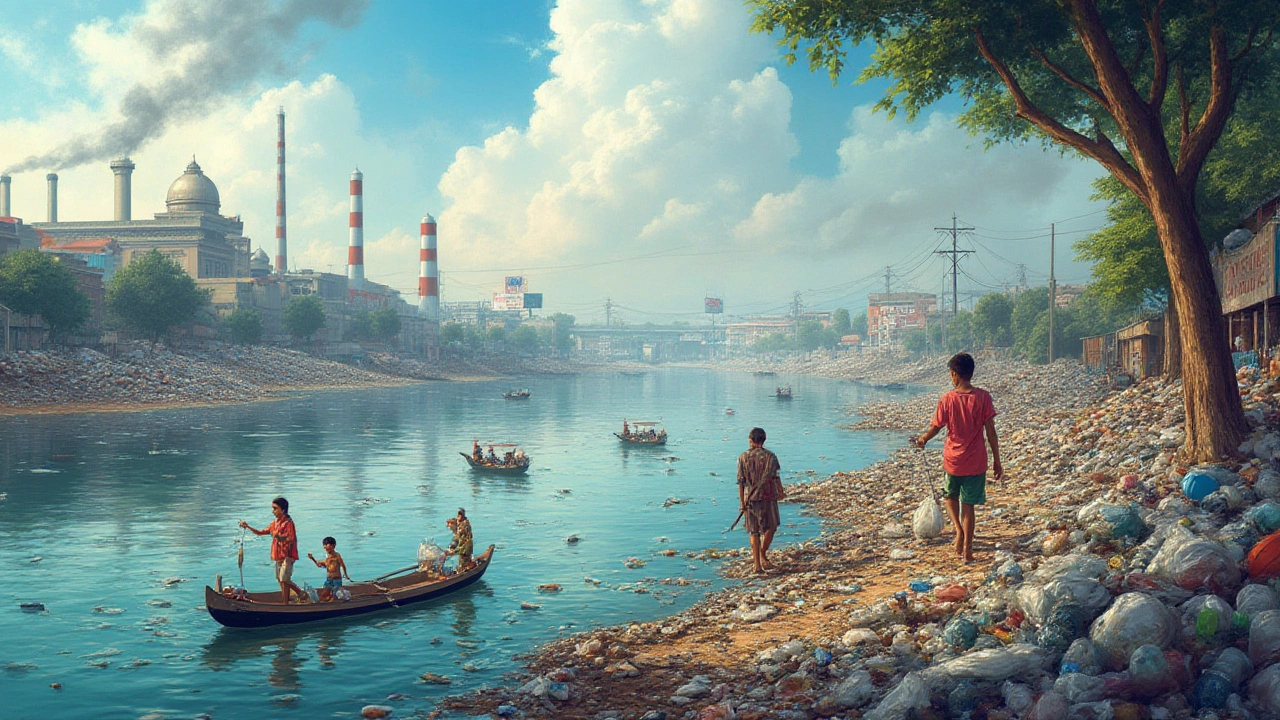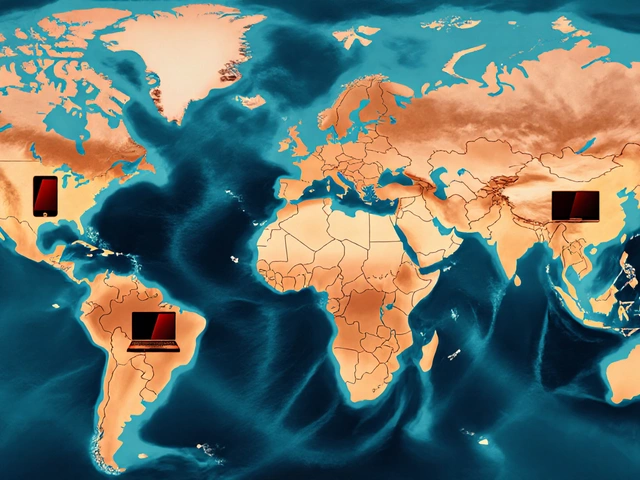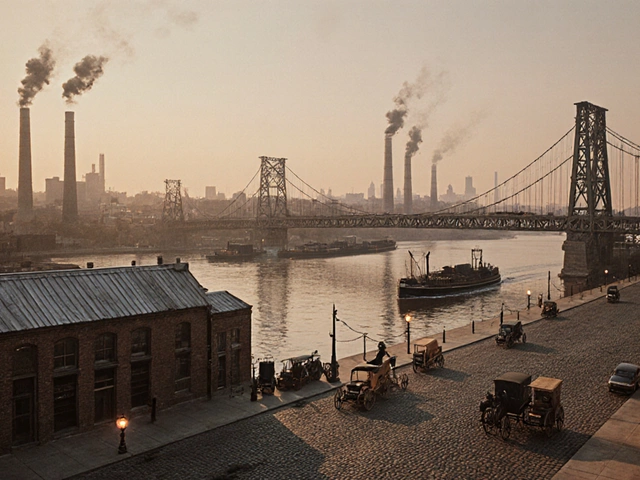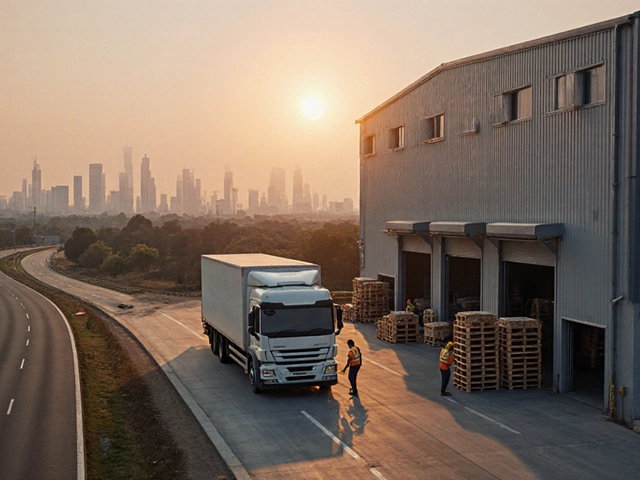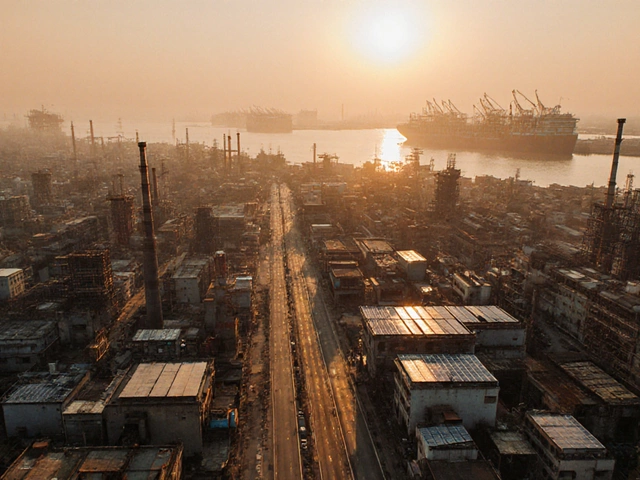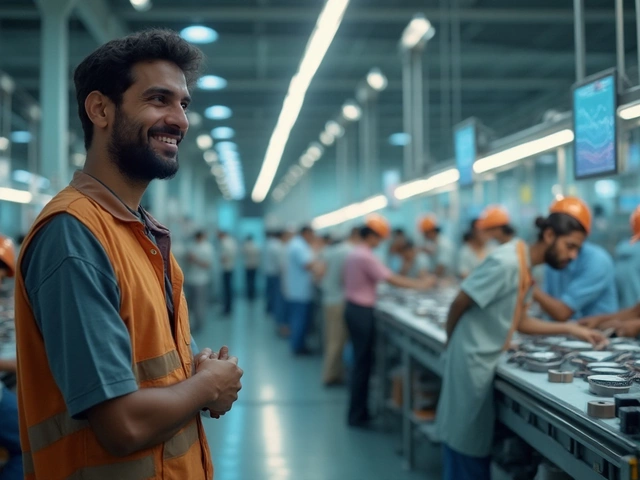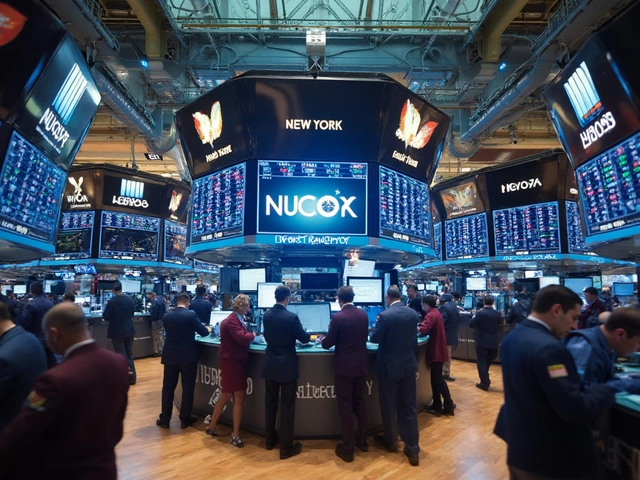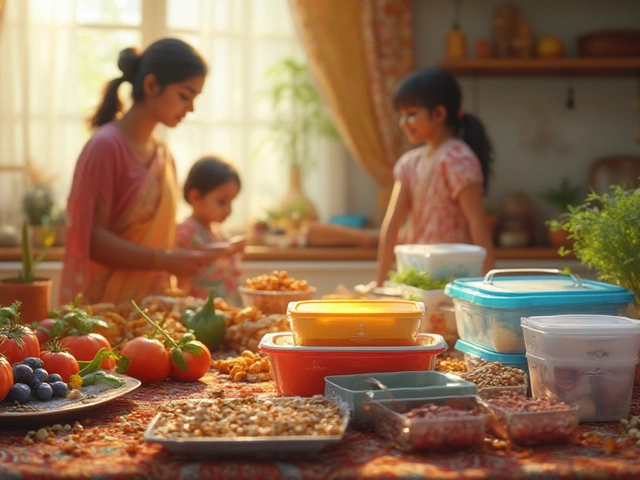Every time I walk Rolo along Bondi Beach, lumps of faded plastic peek out from the sand and tumble with the waves. Strange thing is, just a few decades ago, that plastic wasn't there. If you try to pin the blame on a single culprit for plastic pollution, you're in for a tangled chase. There's the obvious: bottles tossed from the car, chip packets fluttering on the wind. But when you dig deeper, the trail weaves through boardrooms, factories, politicians, and shopping trolleys. It makes you wonder — who's really creating this plastic mess blanketing our planet?
The Plastic Production Line: Who Makes All This Stuff?
Walk into any supermarket, and you’ll see aisles teeming with plastic. It’s in our drink bottles, snack wrappers, frozen meal trays, shampoo containers, and even the ‘eco-friendly’ produce bags. Plastic hasn’t just crept into our lives; it’s stormed in, replacing glass, metal, and paper. So, who’s churning out all this plastic?
Massive chemical companies produce the raw plastic resin, often called nurdles. Think ExxonMobil, Dow, Chevron Phillips — these are the household names only if you’re in the business of making things you can’t pronounce. In 2023, just twenty firms made more than half of all single-use plastic waste worldwide. Surprised? The top three alone—ExxonMobil, Sinopec, and Dow—generated about 16% of all single-use plastic pollution. That's more plastic than most countries use in an entire year. These companies manufacture the base materials, which are then shipped to factories across the globe to be molded into everything from yogurt lids to car bumpers.
| Company | Percentage of Global Single-Use Plastic (2023) |
|---|---|
| ExxonMobil | 5.9% |
| Sinopec | 5.6% |
| Dow | 3.7% |
But it doesn't stop at the factory gate. Manufacturers and brand owners — Coca-Cola, Nestlé, Unilever, to name a few — wrap their products in layers of plastic. Sometimes, it’s for food safety. Sometimes, it’s just cheaper, lighter, shinier. In the end, the plastic is everywhere because it works — it protects, preserves, and sells. But it also lasts for centuries, and that’s the kicker. It’s cheap to make and tough to destroy, which is why it stubbornly finds its way onto every continent, even drifting in the deepest Pacific trenches.
If you produce millions of tons of something every single year, and you know less than 10% ever gets recycled, are you responsible for the mess? The world’s biggest plastic producers say they just make what people need. Critics argue they’ve lobbied against restrictions and dragged their feet on developing alternatives. The real answer is probably somewhere in the sticky middle.
Governments: Leaders or Spectators?
If you stroll in some parts of Europe or Australia, you’ll spot separate colored bins at every corner: yellow for recycling, red for landfill. In other places, people have to burn or bury their own waste. Policy — or lack of it — drives what happens to all those plastics after we toss them. Let’s not pretend it’s just about people not caring enough, or using bins wrong. Government choices shape the whole system.
Some governments, like Rwanda and Kenya, have taken a hard stance and banned certain plastic bags outright. That’s not a small deal: in Kenya, you can get a jail sentence for selling or carrying thin plastic bags. Other countries hand out fines if you mix your rubbish, or reward you for returning bottles. Then there's the other side of the coin — countries with little infrastructure or political will, where most plastic gets dumped into rivers or landfills that leak. An estimated 90% of plastic in oceans comes from just ten rivers in Asia and Africa, where collection systems are weak or broken.
| Country | Plastic Bag Ban Year | Penalty for Violation |
|---|---|---|
| Kenya | 2017 | Up to 4 years imprisonment or $40,000 fine |
| Bangladesh | 2002 | Fines, confiscation |
| France | 2016 (Single-Use Bags) | Fines |
Australia, where I live, has bans on lightweight plastic bags in most states, and we’ve got “container deposit” programs that pay you for returning bottles. Still, in 2024, Australians generated more than three million tonnes of plastic waste, and recycled just 16%. Even in places that try, the reality is: lots of plastic still ends up in landfill, gets exported, or leaks into the bush and waterways. So, is government strict enough? Or too slow to change?
Policy shapes incentives. If regulations force companies to use less plastic, or fund recycling infrastructure, it can shift the whole market. But bans don’t always work if there’s no alternative for packaging, or if rules only apply to retail and not manufacturers. Some governments are in the pocket of big plastic producers, others don’t have cash to build proper disposal sites or educate the public. That’s why blaming governments for plastic pollution can get messy. They could do more, but there’s a tug-of-war between business allies, limited funding, and public habits.

Consumers: Are You As Guilty As the Rest?
When was the last time you bought a snack because it looked cool in its shiny wrapper, or ordered takeaway, knowing it’d arrive in a pile of plastic? It's easy to look at big companies and governments, but the truth is: demand keeps the plastic tap running. In Australia, the average household throws away about 60kg of plastic each year. That’s a heap of wrappers, cartons, and bottles. Globally, more than 1 million plastic bottles are purchased every minute. That’s not just factories pumping out plastic for fun — that’s us, picking them off the shelves, paying for them, and tossing them aside.
But it's not always about laziness or indifference. Sometimes, there are just no other options. Try wrapping up leftovers at home without plastic — cling wrap is everywhere, and so are Ziploc bags. Walk into the produce section: most veggies are packed in shrink-wrap. At parties and events, single-use cups, plates, and cutlery pile up because they're cheap and easy. But some people are leading the charge for change. The "zero waste" movement started small, but it’s grown — people bring their own bags, buy in bulk with reusable jars, or hunt down stores that sell unpackaged goods. Apps like “Olio” and “ShareWaste” help people share food and recycle better. Some schools ban single-use plastics in lunchboxes and at canteens.
The big challenge is: not everyone has the time or money to choose greener options. If biodegradable cutlery costs more, or the local shops don’t offer plastic-free choices, most people just grab what's there. Recycling helps, but in Australia, even if you do everything right, much of what gets put in the recycling bin still goes to landfill. Why? Some plastics are too mixed or dirty. Sometimes, recycling is more expensive than making new plastic from scratch. Still, small changes can add up—but only if they're made across the board, by millions, not just a few eco-warriors.
- Choose products with minimal or compostable packaging.
- Carry your own coffee cup, water bottle, and shopping bag.
- Support brands that use recycled or refillable packaging.
- Sort your rubbish, and don’t "wishcycle" — if in doubt, check your local guidelines.
- Talk to your friends and family, or join local cleanup days — peer pressure can work in a positive way!
Rethinking Responsibility: Can We Share the Blame and Fix It?
Here’s the hard part: plastic pollution is everyone’s problem, but blaming the next guy won’t shift it. The folks manufacturing plastic know it sticks around for centuries, and yet they say, “Hey, people want it!” Retailers point to consumers: “They buy what’s on offer!” Governments say they need public support or industry cooperation to put new rules in place. And, as consumers, lots of us feel like tiny cogs in a giant machine — how much difference can one person’s choices really make?
Yet, things aren’t hopeless. Each part of the chain has the power to change the outcome. Big companies can redesign packaging, use more recycled materials, and invest in reuse and refill programs. In 2024, Coca-Cola announced a pilot of reusable glass bottles for some markets, aiming to cut plastic waste. In Australia, Coles and Woolworths rolled out soft plastic collection schemes — though a lack of infrastructure caused them to stall. Cities like San Francisco have banned plastic shopping bags and seen a 70% drop in bag litter since 2007!
| Initiative | Result |
|---|---|
| San Francisco Plastic Bag Ban (2007) | Bag litter dropped by 70% |
| Coca-Cola Glass Bottle Pilot (2024) | Pilot underway to reduce single-use plastic |
| Soft Plastic Return (Australia) | Delayed by logistical issues, but prompted more recycling investment |
Governments can tax polluters, set rules for packaging design, fund research, or create standards for compostable plastics. Singapore incinerates almost all of its plastic waste and generates electricity in the process — though critics warn about emissions and energy costs. Consumer campaigns, protests, and viral posts really can nudge companies to clean up their act. The 2015 viral video showing a turtle with a plastic straw in its nose led to bans on plastic straws in dozens of countries within years.
Blame travels in circles — but solutions only work when responsibility moves in all directions at once. If you want tips to help:
- Vote with your wallet. Support brands making genuine reductions in plastic use.
- Push your local council for better waste collection and clearer recycling info.
- Spread the word. Even a social post or conversation can spark change.
Plastic pollution didn’t happen overnight — it’s the result of decades of choices, shortcuts, and systems built for convenience, not consequences. Sorting out this mess means looking at the supply chain, our policies, and our own shopping habits. No one escapes responsibility, but everyone gets a shot at fixing it. Next time you see plastic snagged on a fence or bouncing down the street, remember: it has a long story, and you’re part of it. So am I. And even Rolo, when he chews on his plastic ball, is tangled up in the story, whether he knows it or not.
